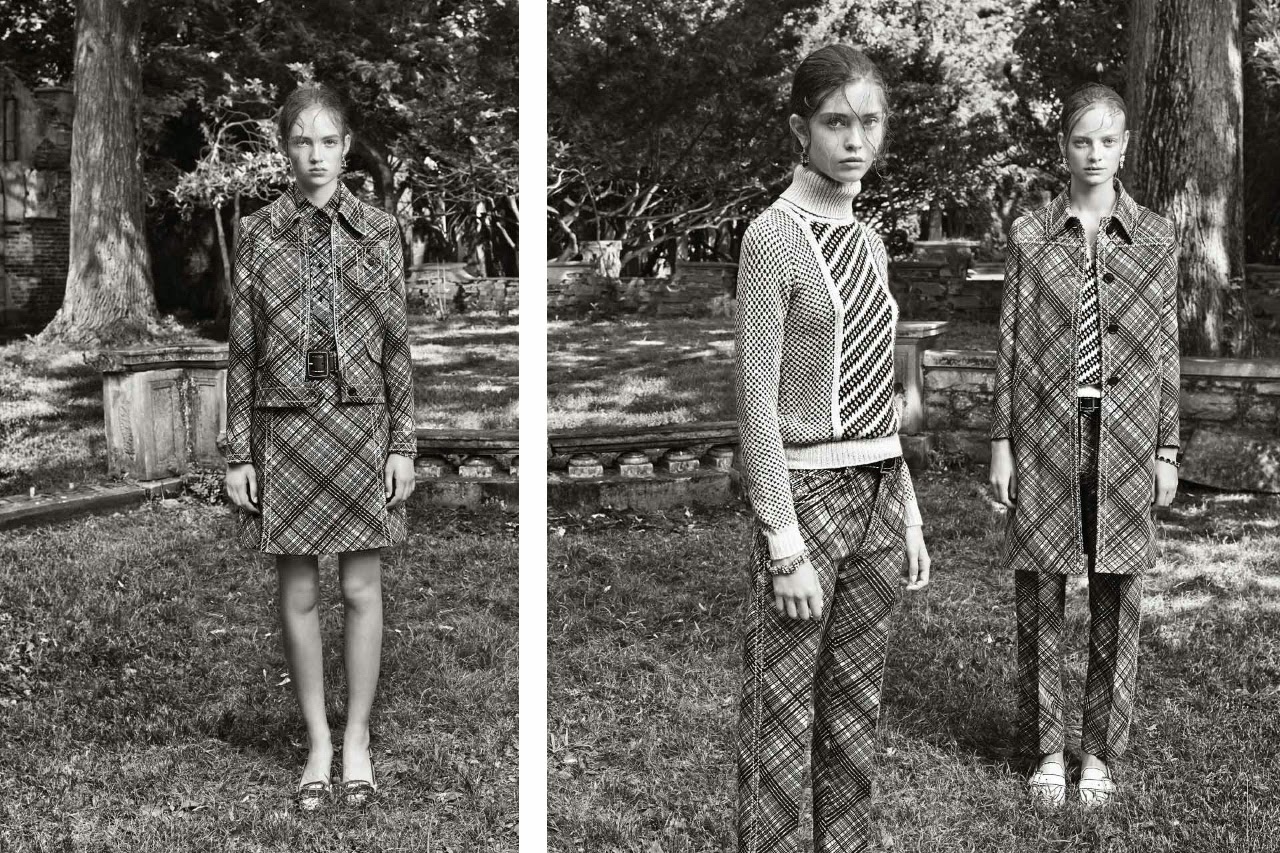Image Source: fabienneverdier.com | atelierlog.blogspot.co.uk
Some of you might see this artwork as splashes of paint but it means so much more once you learn about Fabienne Verdier's journey to master Chinese ink techniques. After graduating from L' École des Beaux-arts of Toulouse, she travelled to China to study ancient art. Huang Yuan, a calligraphy Master initiated her to Taoism, taught her how to forget western values and the fundamentals of art so that she could reinvent herself and be in a fit state of mind to practice Chinese calligraphy; an abstract art form of writing with an essence rooted from nature. What she thought would be a short escapade turned out to be a 10 years stay in the mountainous region of Chongqing.
The Palazzo Torlonia piece was produced on a 407 x 521 cm canvas, a vast space that would allow enough room for improvisation. However nothing was left to chance, her idea had been thoroughly researched and sketched as segmented designs. On the surface she carefully planned the direction of her strokes and minutely redefine lines and points which represent embodied features of spirits she perceived in nature.
Fabienne Verdier confections her own tools and brushes. Made out of horsetails, a brush can weight up to 100 kilos once dipped into paint and yet she still exerts precise, balanced and controlled movements. As she rests her body on the brush and sways, she is becoming one with the tool, connecting her mind to her body and projecting her strokes. She applies pressure on certain angles and elevate the brush to refine edges and contours, there is this constant play with gravity that appears harmonious when looked from above.
Fabienne Verdier's calligraphy works developed into a unique style, something more abstract and evocative, splashes of paint that not only reflect her Chinese heritage but the wisdom of her late Master.























